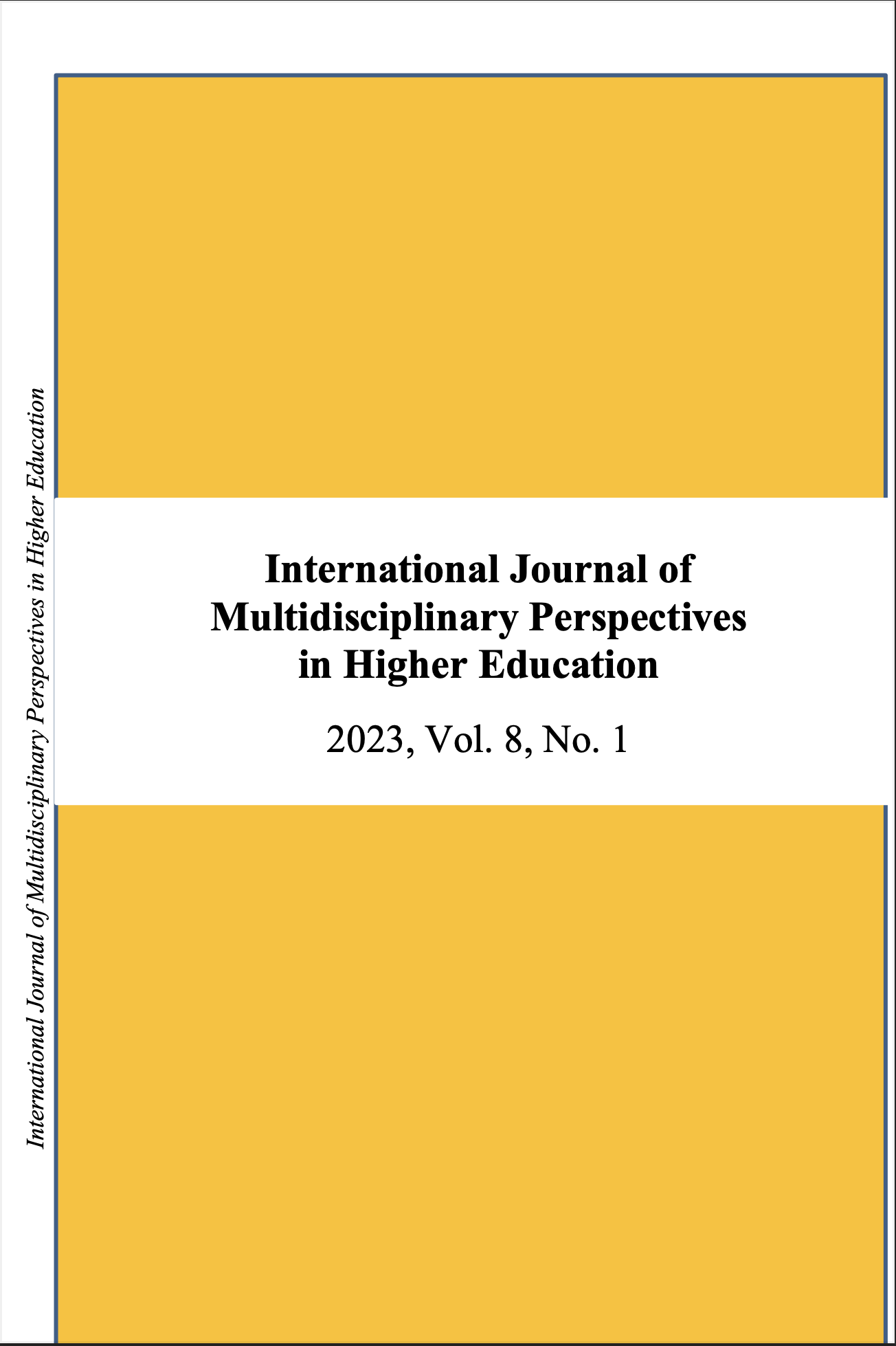Advancing adult learning using andragogic instructional practices
DOI:
https://doi.org/10.32674/jimphe.v8i1.3680Keywords:
Andragogy, field experience, problem-based learning, simulated-based learning, team-based learningAbstract
Community-college professors possess knowledge in distinct disciplines and have varied experiences that they encompass in their college classrooms. Additionally, creating effective environments for teaching and learning require these assets from instructors to fulfill their curriculum needs. Teaching is a multidimensional and complex activity that requires the instructor to utilize various tools to effectively engage college learners. Often, instructors rely on their past educational experiences that were based on pedagogy (child-focused teaching) to deliver intricate material to adult learners. In this case, a dichotomy of subject delivery may arbitrarily be sustained in the classroom where the effectiveness of pedagogy limits the development of critical-thinking skill sets. Andragogy is an adult learning theory that informs teaching methodology developed to focus more on learner-based practices that grow from the content of lessons. It has been effective in engaging the characteristics of community college learners (Knowles, 1980b) in developing skill sets vital to various disciplines. The aim of this article is to encourage discussions on college campuses of how using andragogy advances adult learning by exploring andragogy usage in Radiologic Technology (RT) and Early-Childhood Education (ECE) classrooms at an urban community college. Moreover, it is hoped that this article will provide undergraduate educators with instructional approaches that advance adult learning outcomes.






